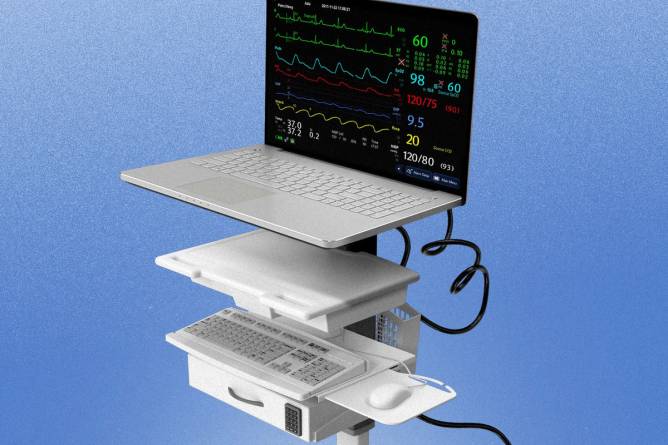It’s easy to get drawn in by flashy uses of AI in healthcare. It’s much harder to figure out which ones are actually good ideas and which ones just sound cool. “People like to fall in love with AI…and then suddenly [you] realize, wow, it costs a lot of money, and it’s more complex than we thought, and our scope creep is real. And suddenly, your project is failing,” Kathleen Walch, director of AI engagement and learning at Project Management Institute, a professional membership and training organization, told Healthcare Brew. By some experts’ estimates, about 80% of AI projects fail, which is twice the rate for IT projects not involving AI, according to 2024 research by the nonprofit RAND Corporation. So how do you invest in AI that is worth the cost? It all comes down to considering the details. “Think big, start small, and iterate often,” Walch said. Here’s how experts find the right AI tools.—CC | 








